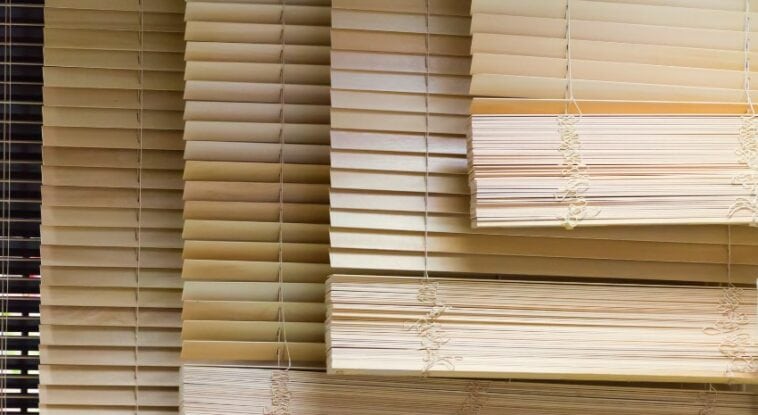This Post may contain Affiliate Links. Please read our Disclosure for legal jargon.
Blinds are more than just window coverings. They can transform the aesthetics and functionality of a space by being versatile design elements.
When designing a space, consider durability, functionality, and aesthetics. Choosing window coverings is no exception. In this guide, let’s explore the 10 different types of blinds, their features, and where they work best. Learn about their pros and cons to choose the perfect fit for your space.
Let’s get started!
Outline
10 Exciting Blinds to Elevate Your Home
1. Venetian Blinds
Venetian Blinds used to be a symbol of high society in America, but now they’re just a popular style of window treatments.
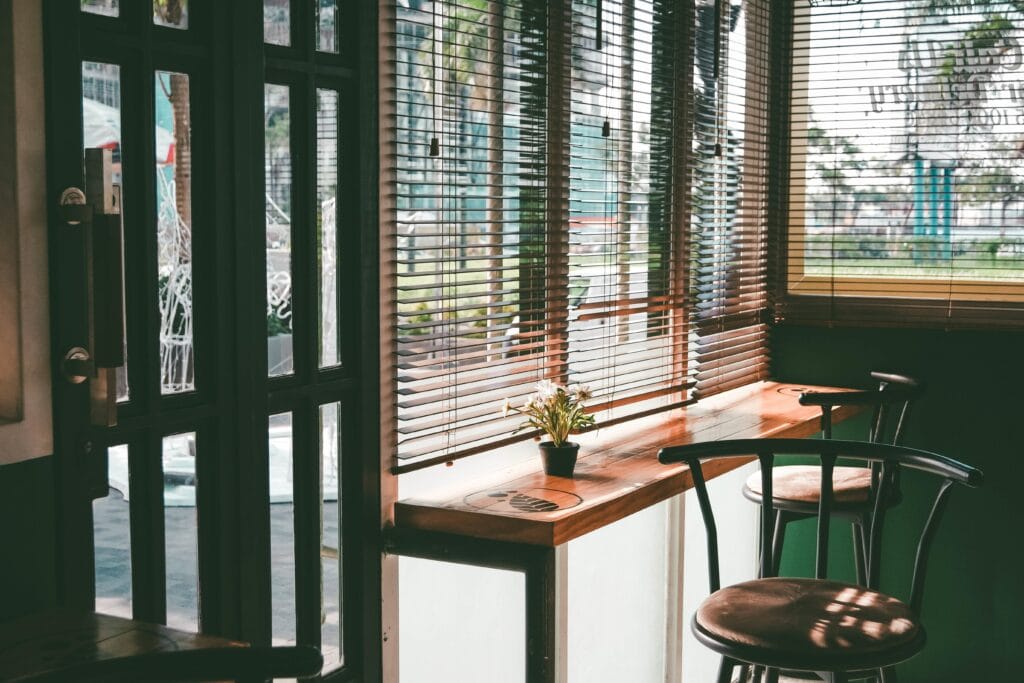
Venetian blinds are characterized by horizontal slats that can be titled for light and view control. They are available in wood, aluminum, and PVC. It offers a variety of styles to suit different interior spaces.
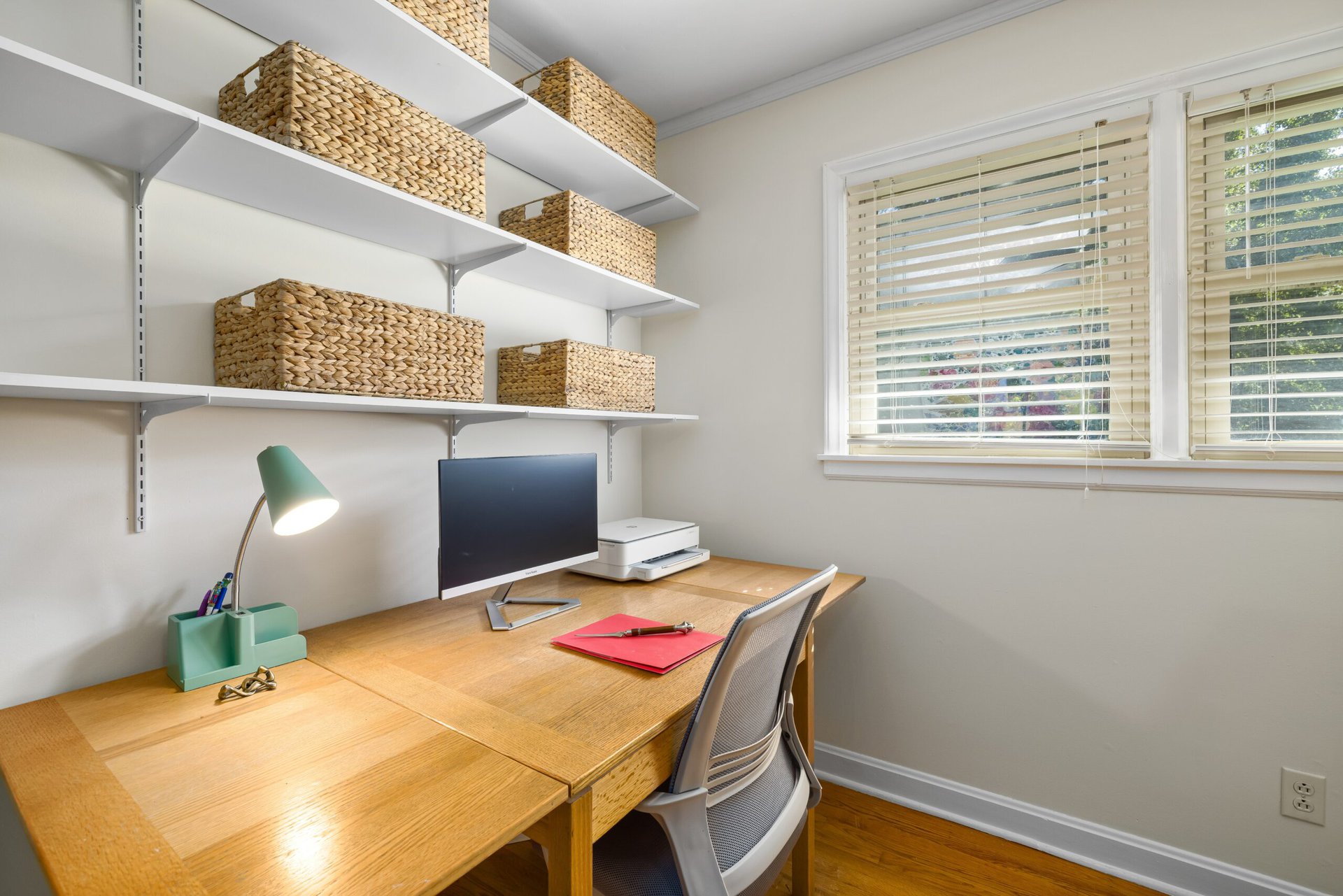
Key Considerations
Budget: They can range between $25 to $140 each, depending on the material. Labor for installation can have a range of $35 – $100 per hour.
Material: Although they are very versatile, choosing the right material for them can be very crucial too.
- Aluminum. Splash-proof, warp-resistant, and easy to wipe clean. This makes them a practical choice.
- PVC. Durable, low maintenance, and mold-resistant.
- Wood and Faux Wood. Offers a natural look, ideal for tropical or earthy aesthetics.
Measurements: Choose bigger slats for bigger windows and a traditional vibe, or smaller slats for a modern look.
Cleaning: Feather duster or microfiber cloth can be used to dust each slat every few weeks. It can alternatively be cleaned by vacuuming each slat, following up with damp cloth cleaning.
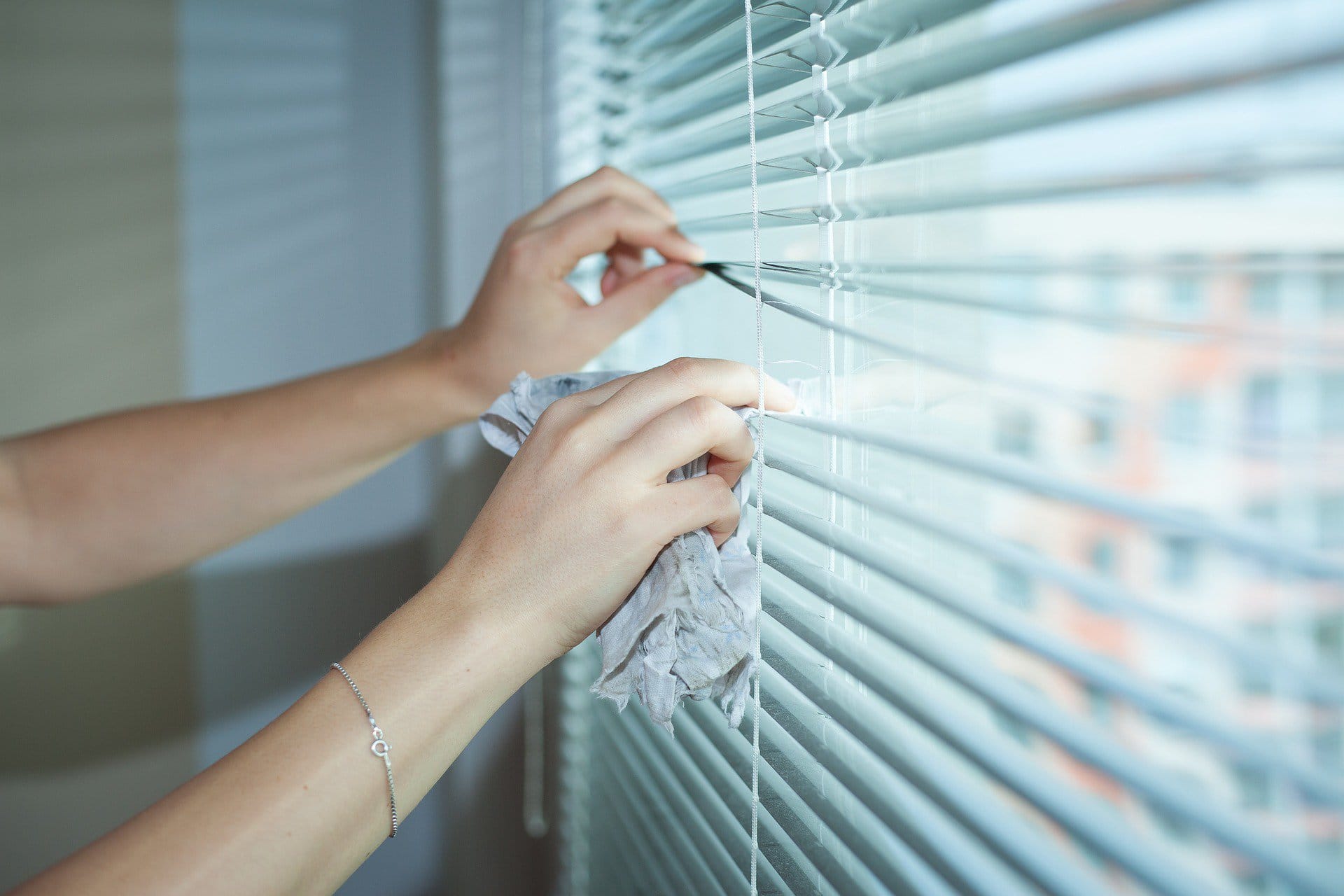
2. Vertical Blinds
Vertical Blinds became popular in the mid-sixties and have since become a classic option for many. These window coverings have vertical slats that glide along a track, making them perfect for larger windows and sliding glass doors — providing easy access, light control, and privacy.
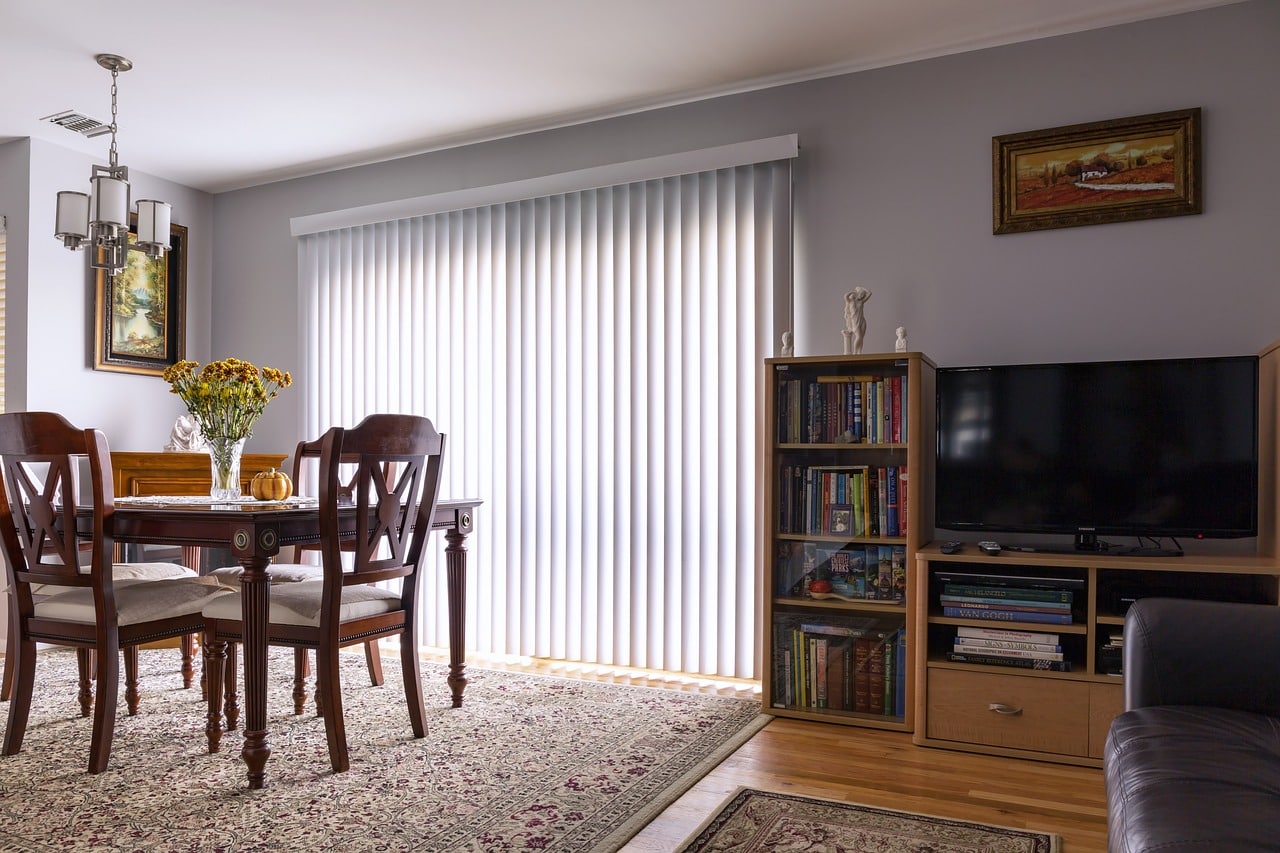
They are typically made from materials like fabric, PVC, or metal. Depending on what material is used and where it is used, these are generally easy to maintain.
Key Considerations
Budget: Standard sliding doors are usually 80 inches tall and 60-72 inches wide. Vertical blinds can cost $50-$200 depending on the material. Larger or custom-shaped windows and automation may cost more.
Material: There are several materials to be considered for this option, such as aluminum, PVC, wood, faux wood, fabric, and other synthetic materials.
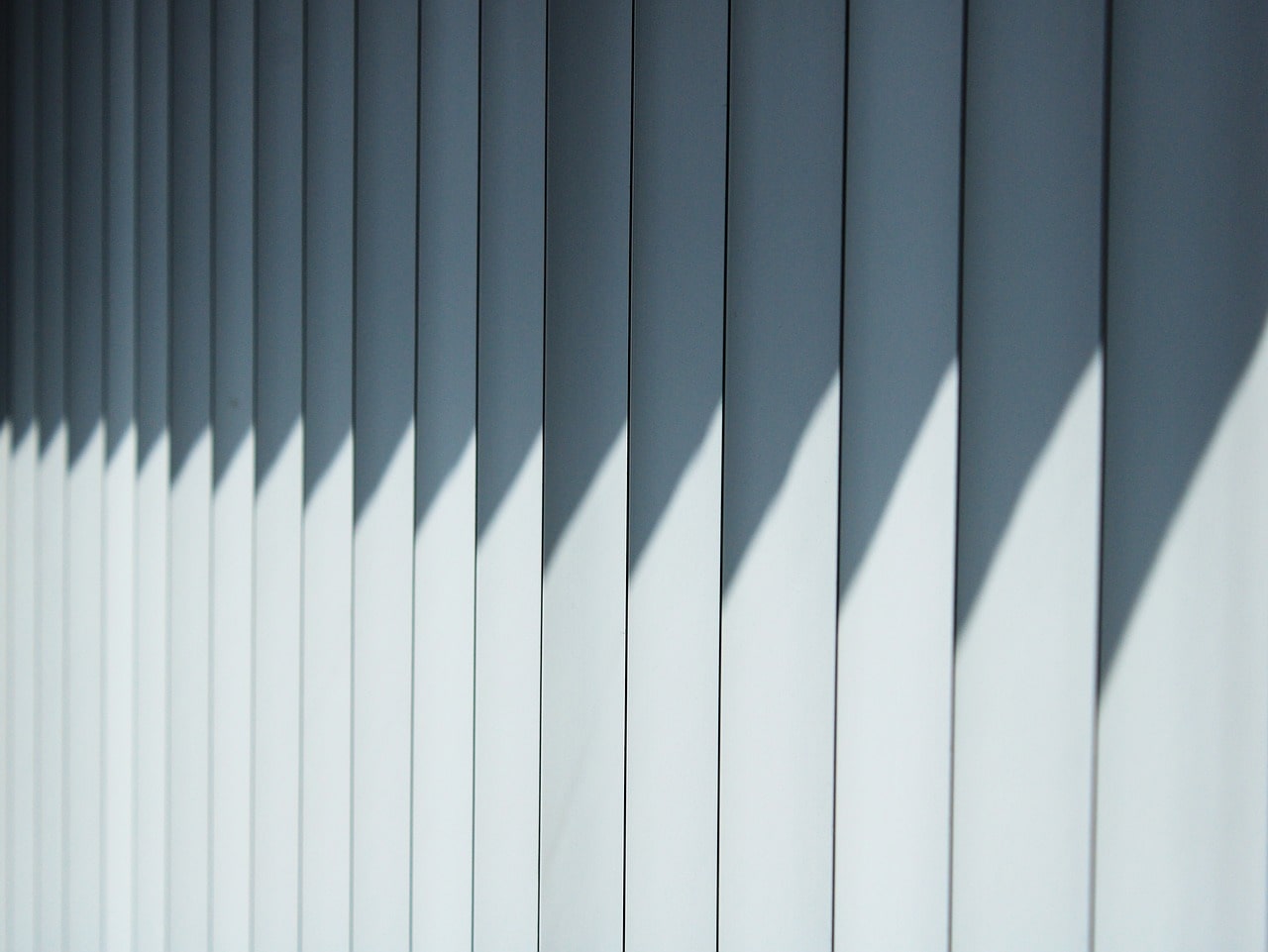
Cleaning: Fabric vertical blinds can be cleaned using a vacuum cleaner occasionally. On the other hand, the ones made from PVC and other rigid materials can be dusted for a few weeks to be kept clean.
3. Roman Shades
Also referred to as “Roman blinds”, they are a top choice for many homeowners when it comes to window treatments. This provides that effortless classic look which makes it a popular choice.
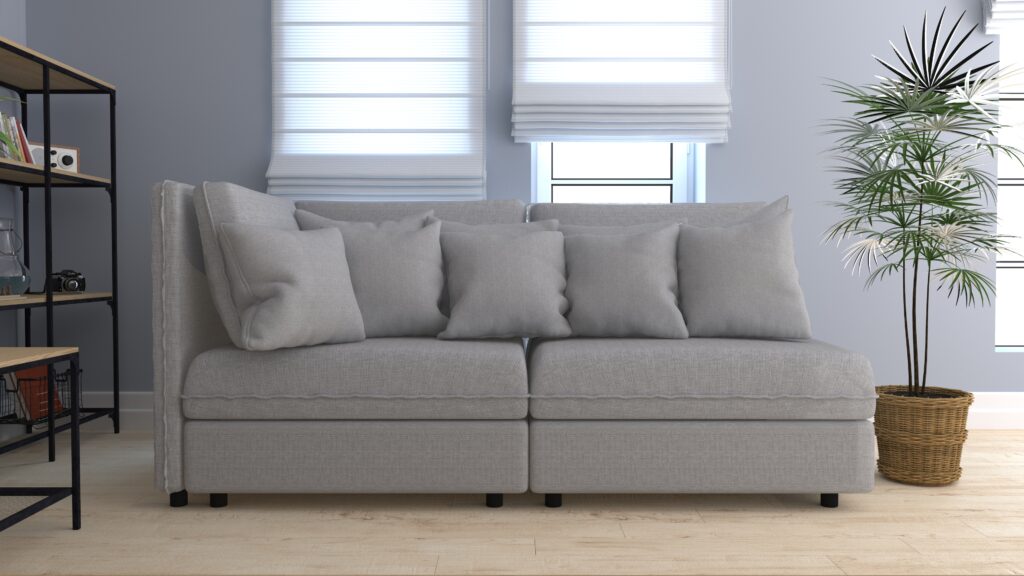
Roman shades are commonly made from fabric that folds neatly as the shades are raised. Besides fabric, these shades also come in various materials such as bamboo, metal, or wood.
 Key Considerations
Key Considerations
Budget: For this particular type of window blind, you should allot about $30 – $120 for each Roman Blind. These will depend on the material or type of fabric used.
Material: Consider durability, maintenance, and aesthetics when choosing Roman shades made of fabric, faux wood, or bamboo.
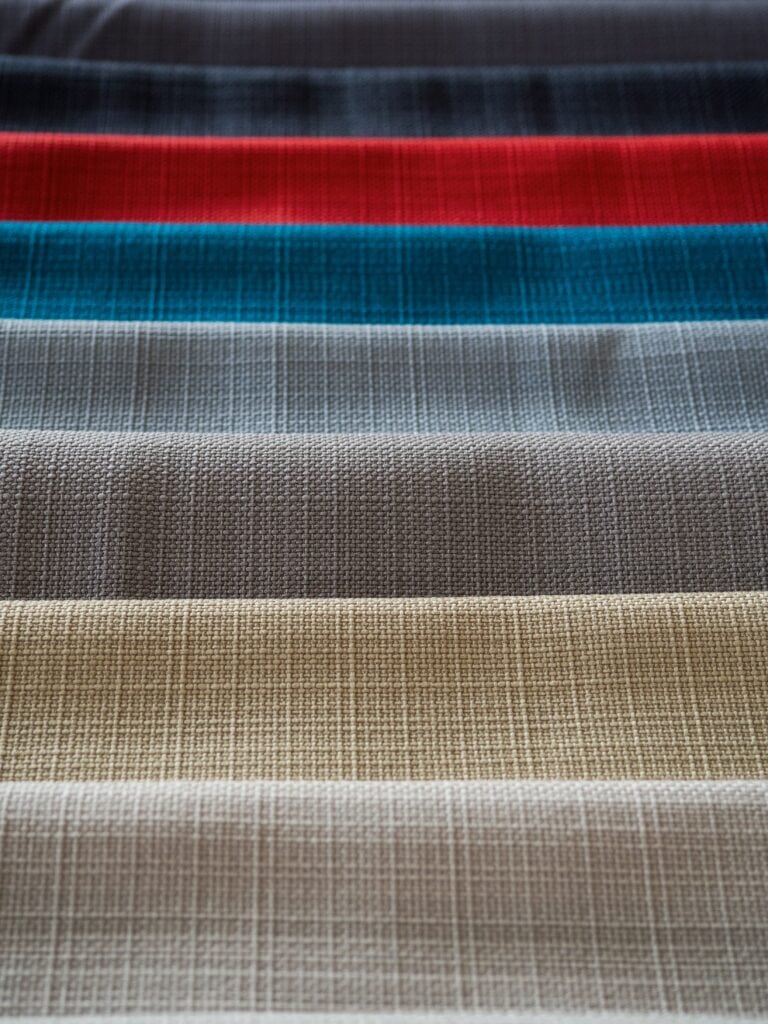
Style: There are a lot of variations in the way the fabric or material folds, and this is how its styles are classified.
- Standard Flat Fold. The shade appears flat when fully lowered. It draws upward in neat layers of fold that may remind you of cellular shades.
- Plain Fold. This is the default style to the original Roman shades. It is more pronounced, heavier, and has wider folds than the standard flat style.
- Soft Fold. Also “hobbled fold”, has the most voluminous look of all four styles as it creates softer and rounder folds, whether it is raised or lowered.
- European Fold. No rod is sewn to the bottom, which makes it drape in a natural soft curve.
Cleaning: If possible, you should regularly operate your Roman shades or not leave them in an open position to minimize dust accumulation in the pleats. To clean it regularly, the fabrics or material of the shades can be vacuumed using an upholstery brush.
4. Roller Blinds
Roller blinds consist of a lightweight fabric or vinyl that can be rolled up or down with a beaded chain. Its simple design is sleek and appropriate to a wide range of interior looks.

They can provide complete blackout or allow filtered light, depending on the material. You can select a more light filtering feature by adding liners.

Key Considerations
Budget: Roller blinds are generally a cost-effective choice for homes. They may cost you around $8 – $190, depending on the material and quality.
Material: Consider your priority when choosing material or fabric for your roller blinds. Fabrics for roller blinds can range from black-out and waterproof material to fire-retardant and thermal designs.
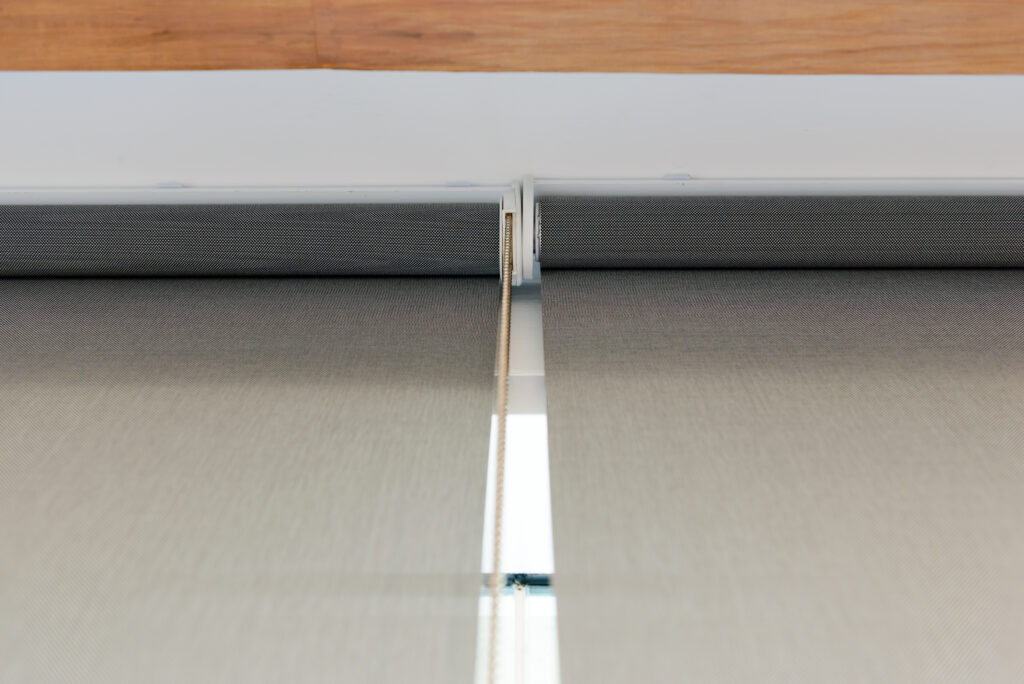 Privacy and light control will depend on a lot of factors such as material type and thickness of blinds
Privacy and light control will depend on a lot of factors such as material type and thickness of blinds
- Polyester. Resistant to wrinkles, tears, stretches, abrasion, and piling. Moisture resistant, but not waterproof.
- PVC. Less premium material than polyester but is waterproof and a flame retardant. It can withstand degradation and stay durable for a long time.
- Voile. Notable for being lightweight and commonly used to filter out light, may require an extra layer of blackout curtains.
- Faux Silk. Luxurious aesthetic without actually costing you as much as natural silk.
Cleaning: A general rule is to never submerge your roller shades in water. Use the upholstery brush attachment for vacuums and do this every few weeks.
Silk and voile types of roller shades may require dry cleaning. Pay attention to fabric care instructions for better results.
5. Zebra Shades
Also called banded shades, this window treatment combines the benefits of both blinds and shades with their innovative design of alternating sheer and solid fabric. They offer precise control of light and privacy levels.
They can be operated manually using a continuous cord loop or motorized for convenience and ease of use. This works like roller blinds but with the flexibility of allowing light in without thoroughly closing the blinds.
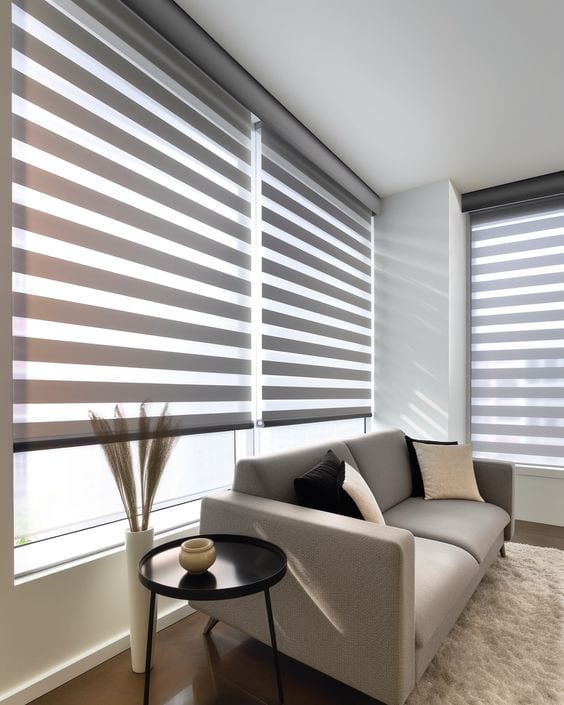
 Key Considerations
Key Considerations
Budget: For this type of window treatment, it costs around $65- $150 per window, assuming it has standard dimensions. Bigger dimensions and upgrades will cost more.
Upgrades: Consider motorized options for your blinds, especially in areas that are hard to reach.
Cleaning: It is recommended to establish a regular cleaning routine using either a vacuum with a brush attachment or a sponge with mild detergent.
6. Honeycomb / Cellular Shades
Honeycomb or cellular shades are called such by having a unique cellular structure that provides excellent insulation and energy efficiency.
This innovative window treatment provides insulation through its cellular design that traps air, which may reduce heating and cooling costs efficiently.
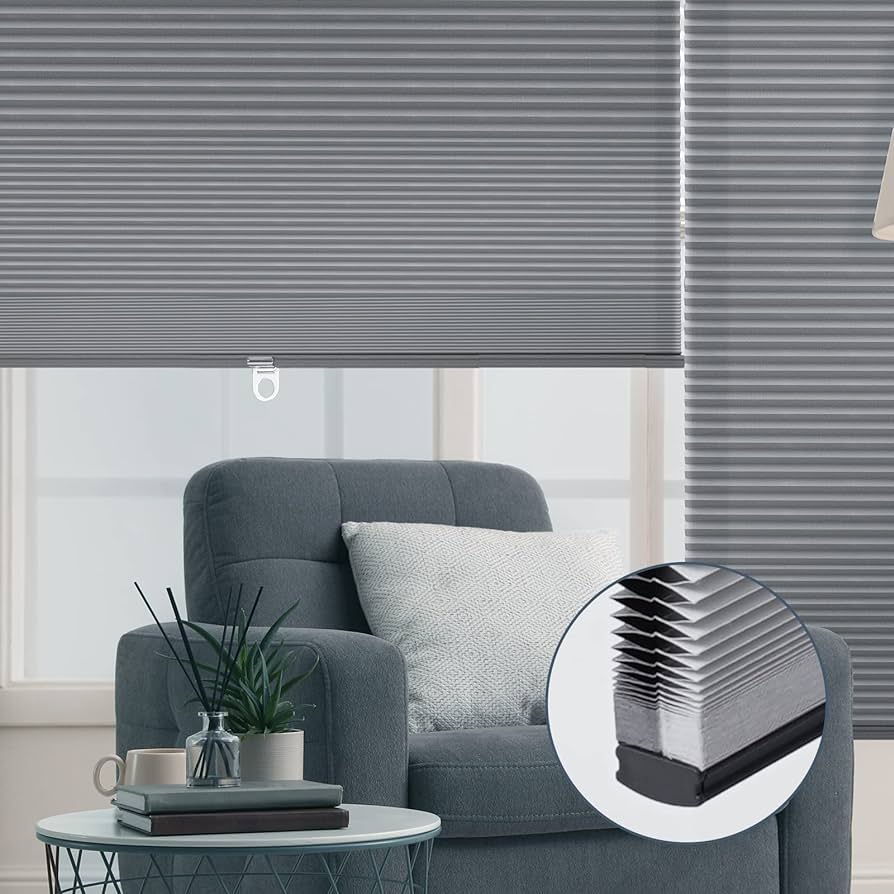

Key Considerations
Budget: Opting for cellular shades might be a wise long-term investment. This typically ranges from $35 – $200. Automated models would cost more.
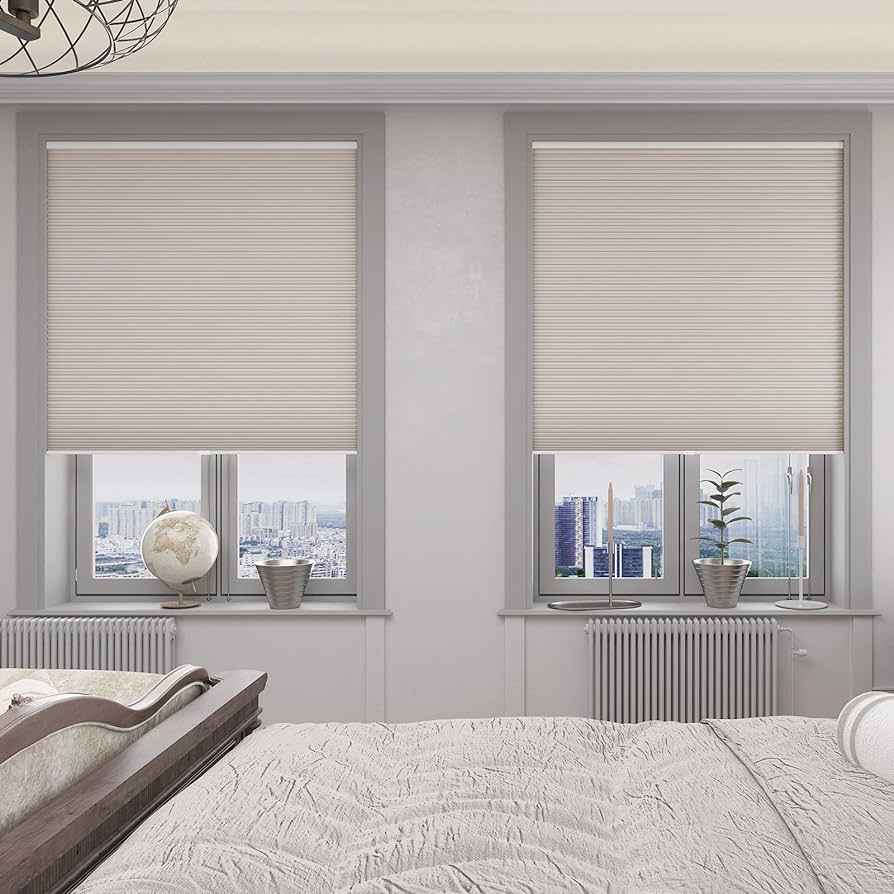
Optional Upgrades: There is a wide range of upgrades available for cellular shades. These upgrades are also available for other types of blinds.
- Cordless Lift features a hidden control system, eliminating the need for cords and maximizing safety for children and pets.
- Continuous Cord Loop secures your blinds cord to the wall or window frame, enabling you to lower your shades in either direction. Great for tall and wide windows.
- Motorization is the easiest option, enabling you to raise or lower your blinds with a push of a button.
- Top Down or Button Up allows you to either raise your shades from the bottom or lower them from the top.
- Valances or Cornices are a stylish upgrade to accent the blinds or shades.
Cleaning: Given their dust-repellent qualities, these types of blinds may require little maintenance. Cleaning can be done by simply vacuuming the blinds once dust starts accumulating.
7. Solar Blinds
Solar blinds have built-in photovoltaic cells and are a modern and innovative addition to the window coverings industry. They provide privacy and light control while also generating electricity from the sun. These blinds can capture sunlight and convert it into usable energy.
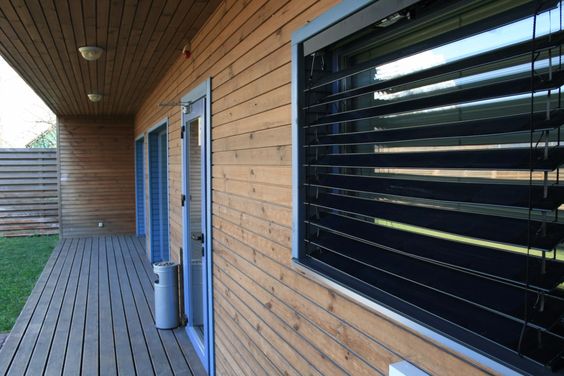
 Key Considerations
Key Considerations
Budget: They typically range from $30 to $120, but installation and labor costs may vary and should be discussed with your provider.
Orientation: Install them in windows with ample exposure to sunlight to maximize energy generation.
Integration with Home Systems: Consider different ways to seamlessly incorporate your solar blinds into your home’s control system.
8. Shoji Blinds
Shoji blinds use rice paper as a traditional material to manage light, reducing harsh sunlight while allowing natural light to pass through.
They are inspired by traditional Japanese sliding panel screens. It can also be made of fabric or other translucent materials — it creates gentle, diffused lighting that contributes to a peaceful ambiance.
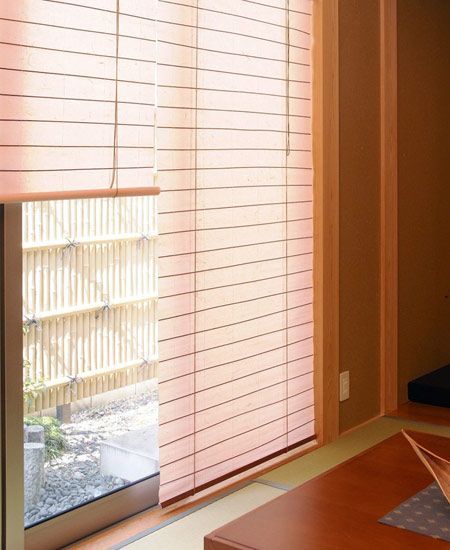
 Key Considerations
Key Considerations
Budget: You can enjoy this Japanese-inspired option for an average price of $30 – $60 each.
Placement: You can place your Shoji blinds where a light and airy atmosphere is desired. Most of these are installed in living rooms or bedrooms.
Cleaning: Consider regular dusting or wiping with a microfiber cloth, to prevent dust accumulation.
9. Panel Track Blinds
The panel track type is often used for sliding glass doors. They are designed to slide along a horizontal bar, providing privacy or filtered light to wider spaces than traditional windows. They can also be used for wide windows.
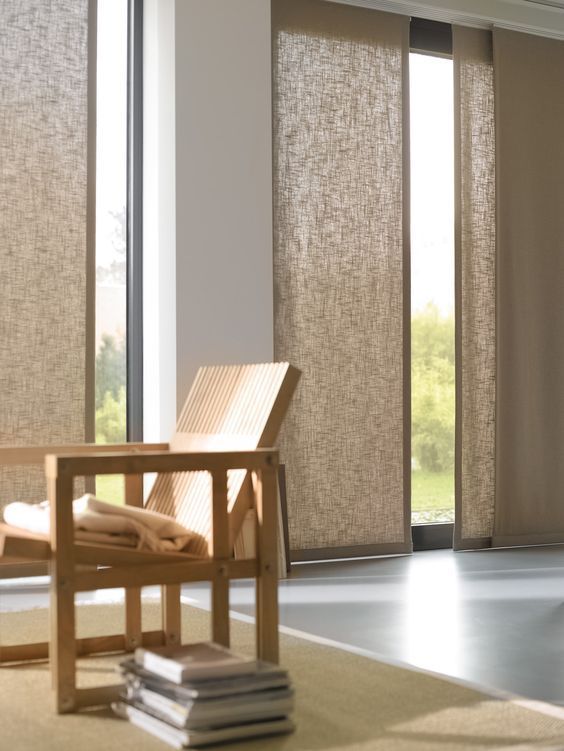
 Key Considerations
Key Considerations
Budget: For this type of window treatment, you should allot $120 – $300 each.
Customization: When choosing panels, consider your preferences, aesthetics, level of light filtration, and maintenance needs.
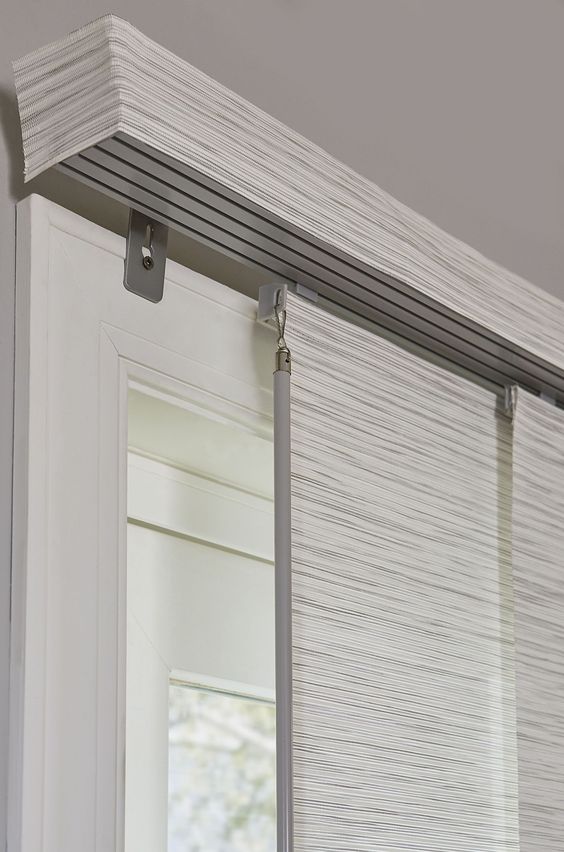
Installation Height: Consider the height of the installation to ensure the panels glide smoothly along the track.
Cleaning: Clean them with a feather duster, vacuum with brush attachment, or mild detergent sponge. Check instructions to avoid damage.
10. Pleated Blinds
If you prefer a louver-style window blind, you may want to consider installing pleated window blinds or shades. These consist of a single piece of fabric that is pleated on both sides and folds up when lifted. The pleated structure offers more style and depth than traditional slats, making them popular.
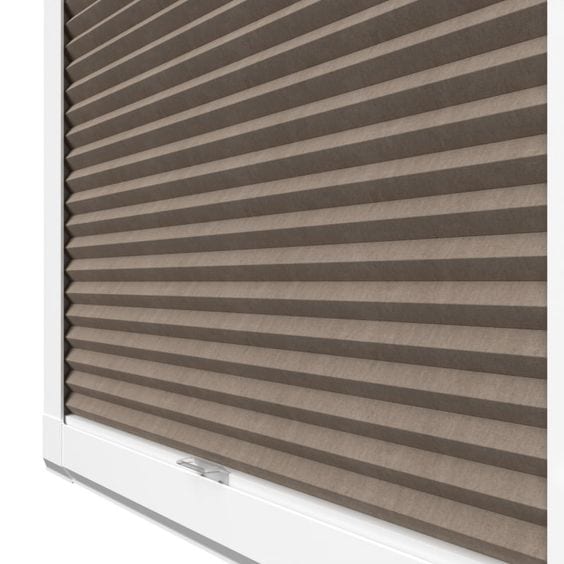

Key Considerations
Budget: For this type of window treatment, you’ll spend around $50 – $125 each.
Customization: Choose fabrics that complement your decor and meet your requirements when it comes to light control.
Child and Pet Safety: Consider a cordless or motorized upgrade for child and pet-safe interiors.
Cleaning: For cleaning, you can use a feather duster, a vacuum with a brush attachment, or a mild detergent with a sponge. Remember to check cleaning instructions to prevent damaging your window treatment.
The Right Blinds to Choose
In conclusion, selecting the right blinds for your home requires taking into account utility, durability, and aesthetics.
Selecting the right window treatment for your home can be overwhelming with the wide range of materials available, such as wood, fabrics, and PVC.
It’s crucial to make an informed decision that suits the specific needs of each room. Take into account the features, benefits, drawbacks, and other relevant factors to enhance the aesthetic appeal and practical functionality of your living space.
Additionally, consider upgrades to improve your existing blinds. Good luck with your selection!

